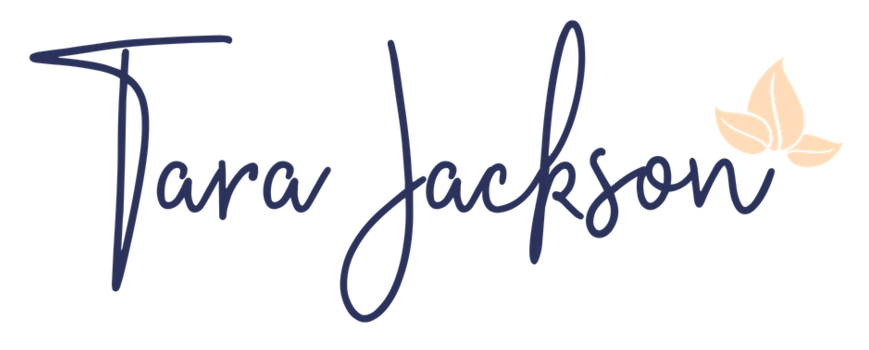You make countless decision every day. Each of these decisions has an outcome that impacts your life in some way. Some will impact your life in small ways, others big. The direction that you take comes down to your decision making ability. There are three steps to ensure that the decisions you make impact your life in a positive way:
- Know what your priorities are – find out how here
- Set effective goals – find tips here
- Develop your decision making ability
The Six Thinking Hats
The Six Thinking Hats was created by Edward de Bono first published in his book with the same name (find the latest edition here). The concept outlines the six “hats” that you might wear when making decisions. Each hat has its own benefits and limitations. By putting on each hat one at a time, you can look a challenge from many perspectives, and therefore gain a more well-rounded approach. You probably naturally wear more than one hat, and there will be some you might never put on at all. The Six Thinking Hats will force you to break out of your habitual approach, and allow you to strengthen your decision making ability.
What are the Six Thinking Hats?
The White Hat – look at the situation objectively
With this hat on your will focus on the facts. Look at the information that you currently have, look for the gaps in your knowledge and skills, consider past options and outcomes, and identify what facts are needed to proceed.
Questions to ask:
- What are the facts?
- What do you know?
- Where can I find further facts or information that I need?
- What has/hasn’t worked in the past?
The Yellow Hat – look at the situation positively
With this hat on you will focus on exploring the situation positively. This is the optimistic point of view where you will find the value and benefits of each option. This hat can keep you motivated when things get tough.
Questions to ask:
- Which elements of the solution will work?
- What is the best-case scenario?
- What are the benefits of each option?
The Black Hat – look at the situation negatively
With this hat on you will cast a critical eye on the situation. Consider why something might not work, spot any potential difficulties, and consider the negative outcomes. This hat will show you the weaknesses in your plan, and allow you to eliminate or minimise risks. This can be the most powerful hat to wear, but is often overused.
Questions to ask:
- Which elements of the solution WON’T work?
- What is the worst-case scenario?
- What risks do each option bring?
The Red Hat – look at the situation emotionally
With this hat on you will focus on how you feel about the situation and available options. Consider emotions, fears, and intuition/gut feeling. Consider how others might react to each option.
Questions to ask:
- How do you feel about the challenge that you face?
- How do you feel about the solutions available to you?
- What is your intuition telling you?
The Green Hat – look at the situation creatively
With this hat on you will take a creative approach. Here you should brainstorm freely and withhold any judgement of ideas. This allows you to see the possibilities, alternatives, and new ideas that you may not have otherwise seen. Wearing this hat can allow you to develop creative solutions to problems. Bend the rules, think outside the box!
Questions to ask:
- What are some alternative ideas?
- What bold action could I take here?
- If success were guaranteed, what steps would I take?
The Blue Hat – look at the situation broadly
This hat is used to manage the thinking process. With this hat on you will hold the big picture view. The blue hat allows you to take control, “listen” to the “arguments” from each hat, and call each hat forth as needed. This is the hat that you will use to make the overall decision.
Questions to ask:
- Which is the best overall solution?
- What benefits can each hat bring to this?
- What are the limitations of each hat?
- Which hat is most useful to me at each stage of the process?
Using the Six Hats to improve decision making
Here are some ideas to use the Six Thinking Hats to improve decision making:
- Identify which hat you most frequently wear – understand it’s benefits and limitations
- Identify which hat/s you wear the least – consider why, and find opportunities to practice using that hat (this will allow you to access this hat more easily when needed)
- When you feel stuck, try putting on your least preferred hat – sometimes all we need is a completely different perspective!
- For larger decisions put on each hat on one at a time – they can be put on in any order, but it can be useful to both start and finish with the blue hat. You may find a certain order works best for you – go with it!
Which hat do you instinctively use? Share with us in the comments below…








